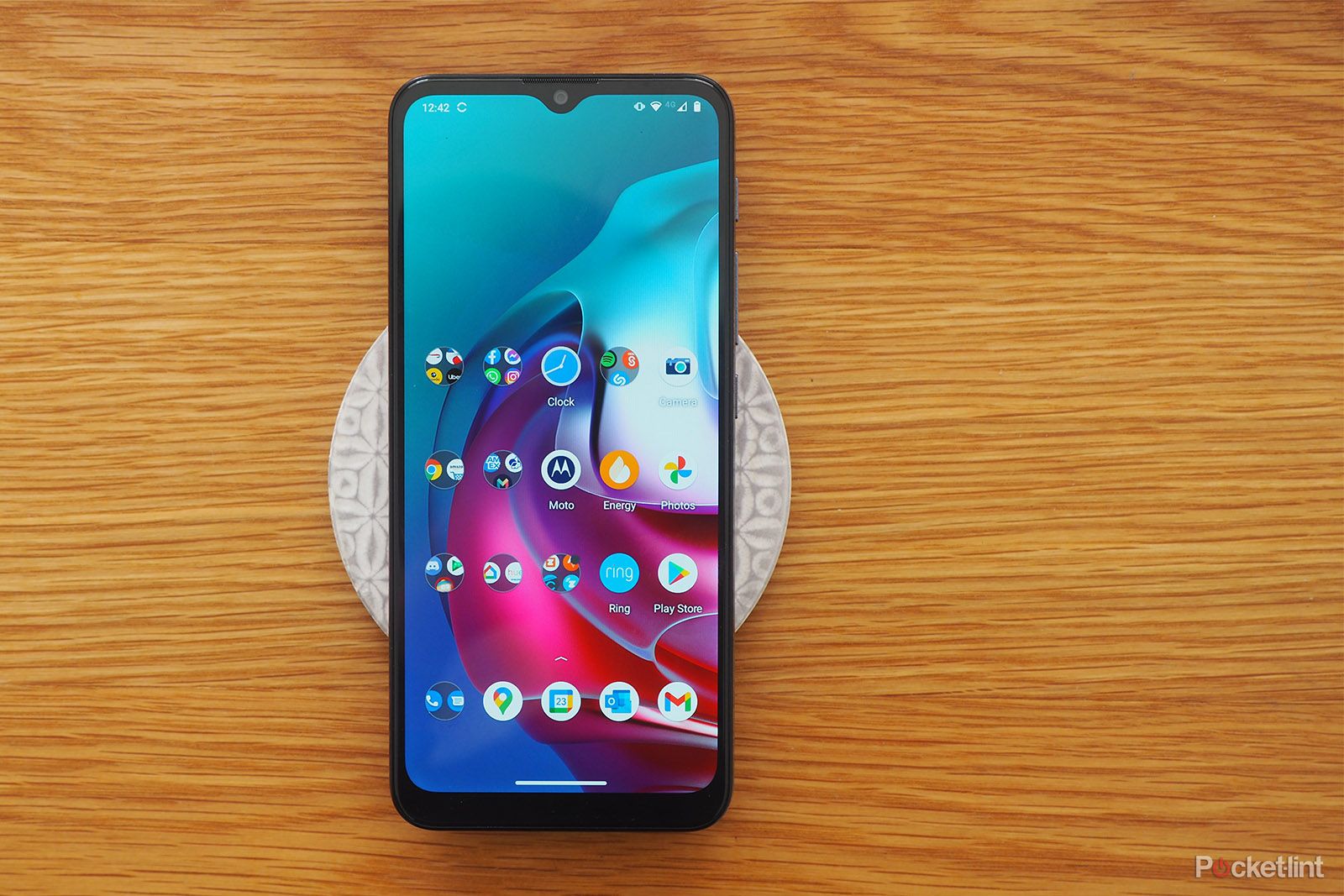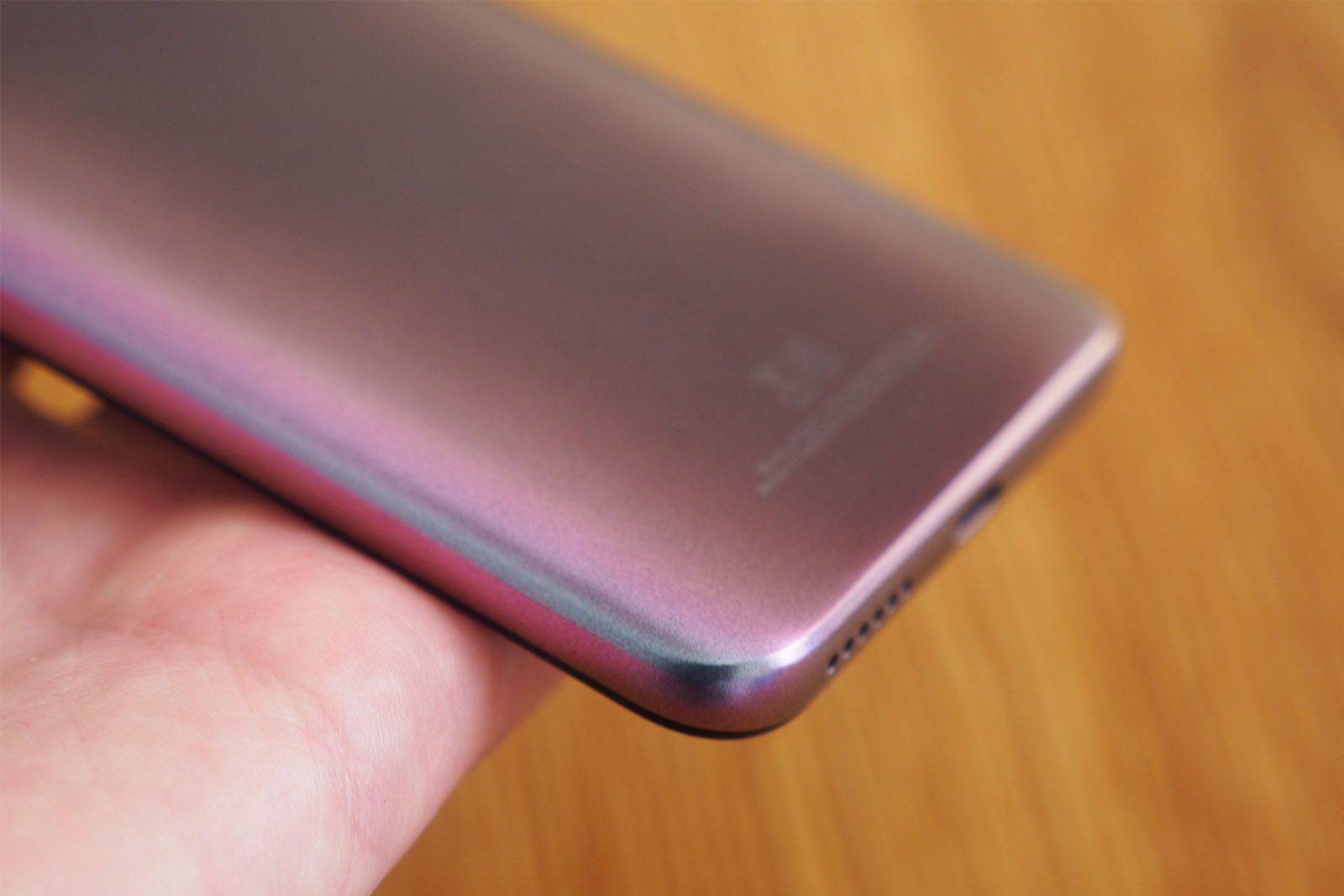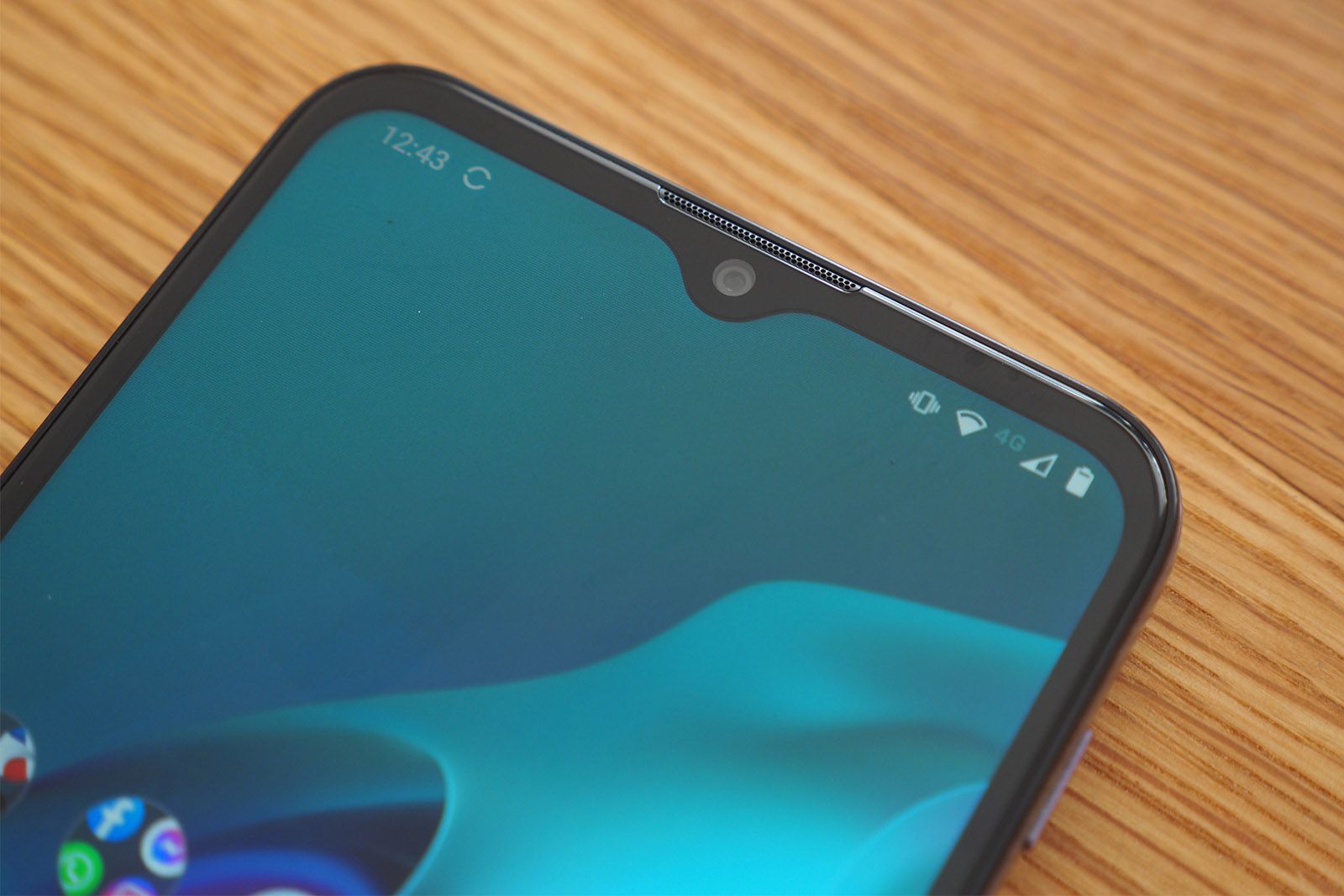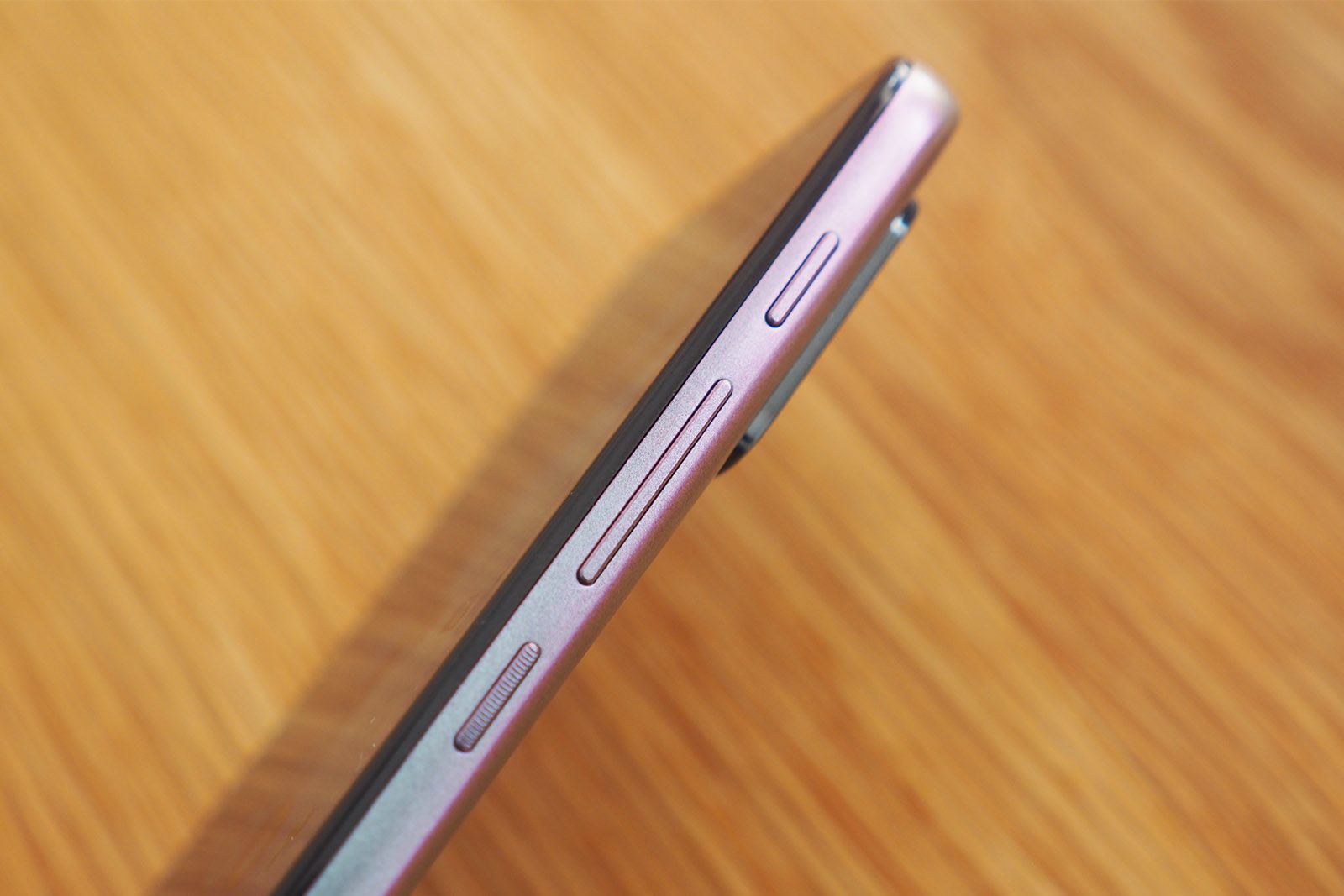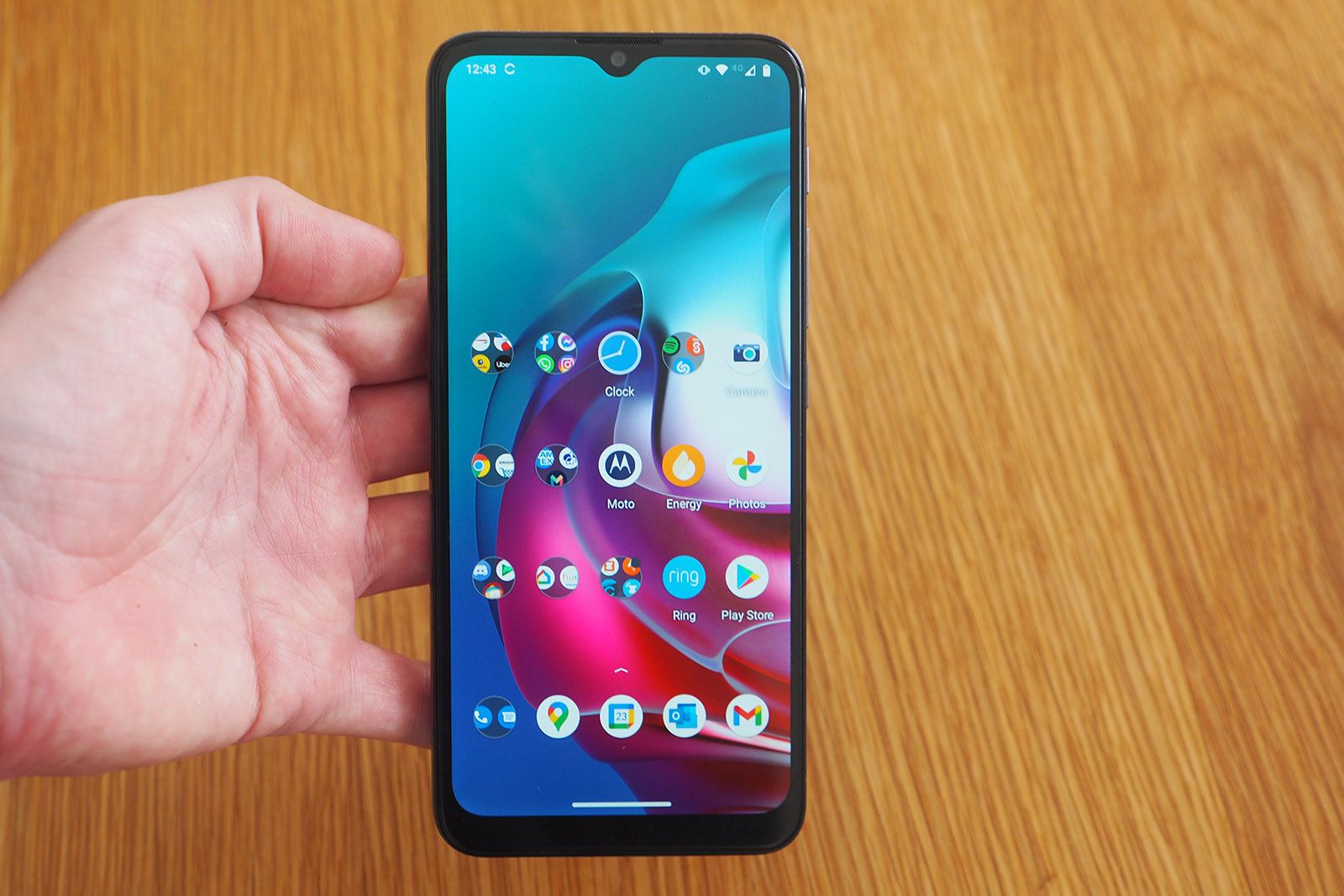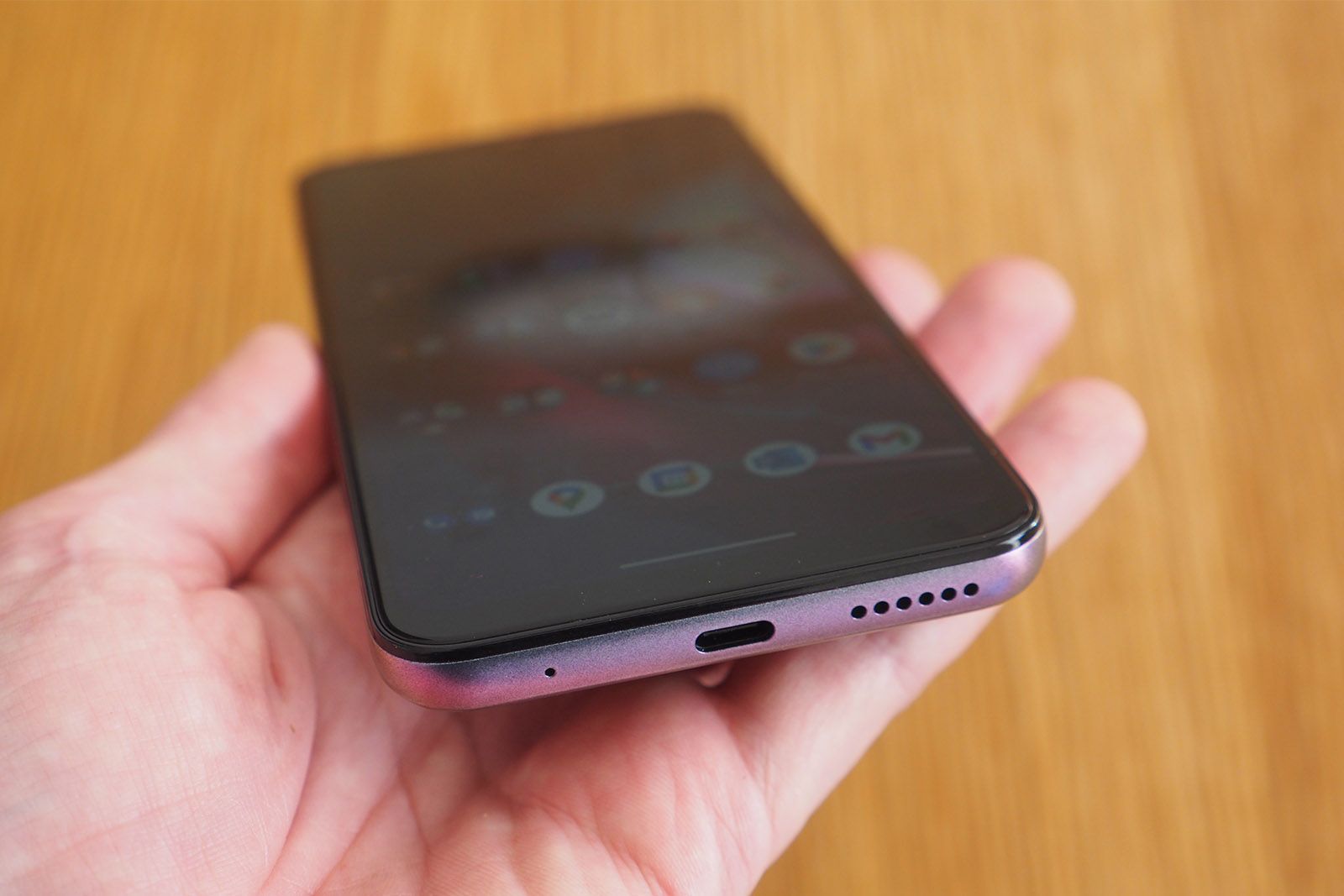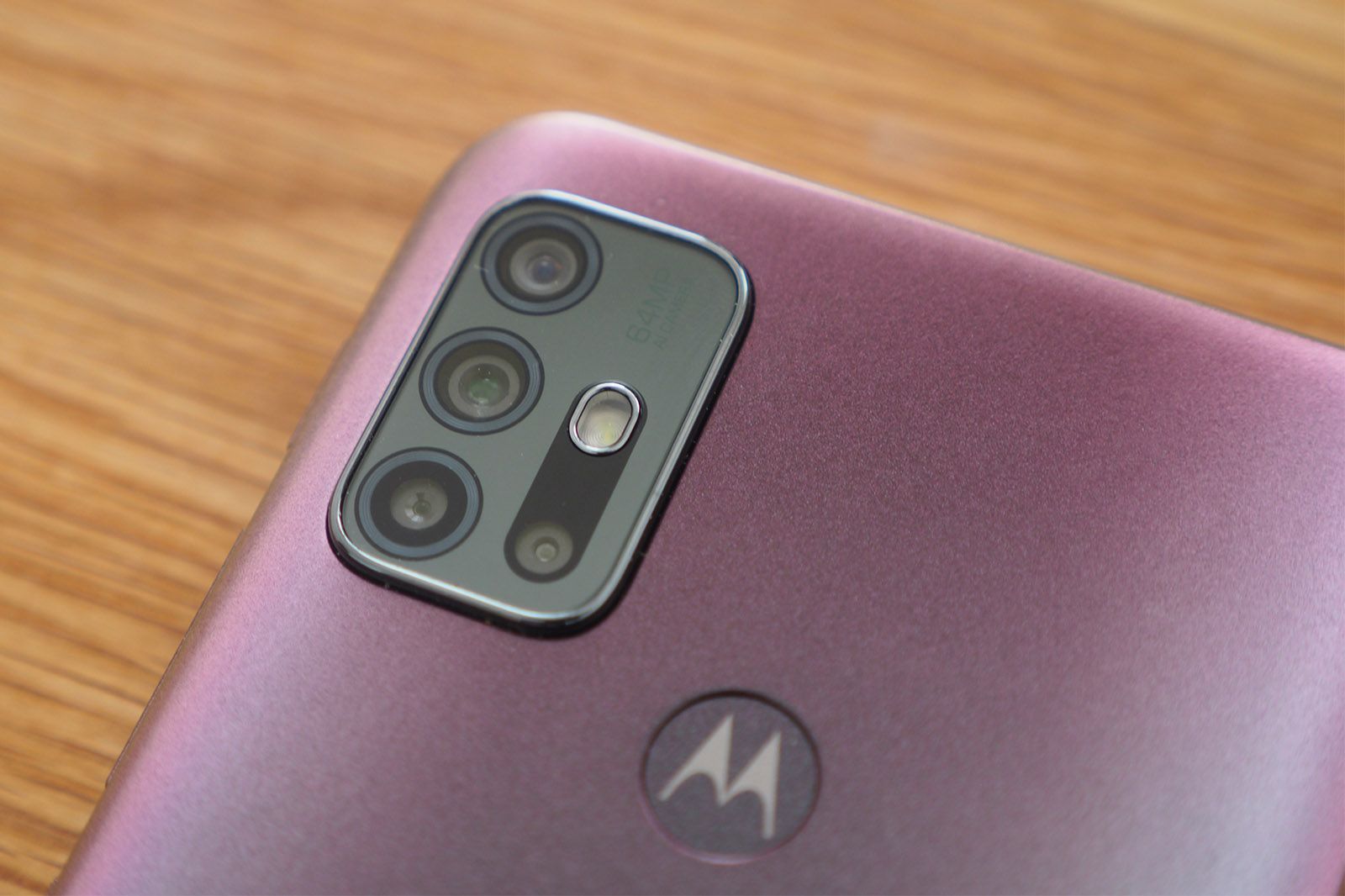Motorola is really, really good at making affordable phones. That, ultimately, is its bread and butter. So when, for 2021, it decided to rejig its Moto G family - although not by much, it now takes on a bigger-number-equals-better-features approach - the arrival of the Moto G30 looked like a familiar success story.
But with the Moto G10 appearing alongside it, at a slightly lower price and slightly watered-down spec, is the G30 the obvious winner? With a more powerful processor and faster refresh-rate screen being more or less the only differences, we'd say so - especially if you're looking for an outright buy for the £/$180 mark - but what shortcomings might you expect?
Our quick take
Although the Moto G30 takes its share of criticism - three of the four cameras are poor (two a total write-off), the Pastel Sky finish is questionable (and that's being kind) - in the interests of context there's little else out there at this price point that can even compete.
So, really, the G30 is all about expectation. It delivers a lot for the money - and a generally smooth user experience thanks to Android 11 software - in a long-lasting package that can handle apps and games reasonably well too.
In many ways the presence of Motorola's G10 makes the G30 all the more appealing - as for a little extra you get the step-up in processing power, which makes the performance ample enough to recommend it as the choice.
Rivals, such as Realme and Redmi, sometimes offer more in raw specification but - as we've so often found from use - they just can't touch the Motorola when it comes to core software-based user experience. So the Moto G30 is solid is a rock when it comes to standing out on its own.

Moto G30 - 4.5 / 5
| FOR | AGAINST |
|---|---|
|
|
Design & Display
- Display: 6.5-inch LCD, HD+ resolution (720 x 1600), 90Hz refresh rate
- Finish options: Phantom Black, Pastel Sky
- Build: Glass front, plastic frame and rear
- 3.5mm headphone jack
- Rear fingerprint sensor
As you can see from the specification skinny listed above, Motorola has got, um, 'creative' with its colour palette offerings. The model you see here on review is called Pastel Sky. That's a totally non-descript duo of words for describing any colourway, really, and perhaps that's for the best - because the two-tone mud-green and sparkly-pink that is its reality is, frankly, ghastly to the eyes.
Pop a case of the G30 and you needn't break a sweat though - although the one in the box is translucent though (uh oh). Or just buy the Phantom Black model so you won't need to hide it from any curious onlookers (they won't be thieves, that we can assure).
From the front, however, the Moto G30 cuts a familiar standard. The bezel around the screen is kept reasonably minimal. The teardrop notch to the top - where the selfie camera lives - is neatly done. By default the Android 11 software offers gesture navigation, so there's not too much invading the bottom edge of the screen either.
Plus, Motorola being knowledgeable of what people want in this category, the G30 comes complete with a 3.5mm headphone jack, an on-board microSD card slot for expanding storage, and a neatly integrated fingerprint scanner to the rear that's well positioned this time around (that wasn't the case for the G9 Power). There's even a Google Assistant button - hence the trio of buttons to the side - to play nice with Android 11 and voice commands, if you so wish.
As we pointed out up top of this review, the G30 comes equipped with a 90Hz refresh rate screen. That betters the 60Hz panel of the Moto G10. Which sounds all well and good - because that's a 50 per cent improvement in cycles per second, for a smoother visual experience - but, actually, it would have made more sense for this model to have featured extra resolution.
While the HD+ panel here is totally fine - you're not going to lose an eyeball due to any jaggies - given the total power available it can't always keep up to speed with its 90Hz refresh logic. So, we say, resolution over refresh rate would have been the better shout.
Motorola has got better with managing brightness, too, so although auto-dimming is still relatively dog-with-a-stick keen, you won't feel as though a dark veil has unnecessarily shrouded your smartphone world. Colours remain perky too.
Performance & Battery
- Qualcomm Snapdragon 662 platform, 4GB RAM
- 128GB storage, microSD expansion slot
- 5,000mAh battery, 20W fast-charging
- Wi-Fi 802.11 a/b/g/n/ac
- Android 11 software
Which leads us to the innards of this phone. There's a Qualcomm Snapdragon 662 platform on board here, along with 4GB RAM, which is a couple of steps down the Qualcomm ladder (800 series at the top, 700 series is still used in many flagships, so this is the next in the line-up).
That processor choice is why, hands down, the G30 makes a lot more sense to buy than the G10 (which has a Snapdragon 460). Not just because of the logic of smaller-number-must-be-worse thinking, but because of the practicalities in use.
For example: we had a G10 hang when opening Google Photos and then crash. The G30 hung around a bit, sure, but wasn't totally gazumped by the experience, and eventually clicked into play and was on its merry little way.
Gaming, too, gets the upper hand from that better platform: yes, there are some slight pauses or stutters from time to time, but it's not constant, meaning the G30 is good enough to dedicate to some medium level tasks. It's got us through South Park: Phone Destroyer battles and even connected Zwift cycling sessions. We just don't think the G10, by comparison, can offer the same quality of experience.
As is often the case at this price point you don't get the fastest ever storage or Wi-Fi systems available, so downloads and installs will take a little longer than some devices higher up the flagship food chain. In isolation you won't notice it though.
The choice of that processor also plays very nicely with the large-capacity 5,000mAh battery that's on board. We've found the Moto G30 to push through a day - with several hours of screen time, some of which has been gaming - and still be at half empty (no, not half full) by bedtime.
Indeed, as we write this review it's sat with 20 per cent remaining after 28 hours of not seeing a plug socket. So it's a borderline two-day phone, especially if you're fairly light with use (which we are not).
In terms of software, there's Google's Android 11 on board. That's backed up by just the one auto-installed Moto app, adding some handy tips, display, gestures, and gaming controls. It's worth playing around with these settings, whether to enable a do-not-disturb during a gaming session, or for the screen to remain on when you're looking at it. It's not an intrusive app, just a nice little bonus.
Android 11 does default to gesture navigation though, which may be new to you. It involves swiping in different directions to perform different tasks and, as a system, can be decent - but can feel a little laggy in the Moto G30, presumably the result of available power. Here we've been happier to live with on-screen Android softkey navigation instead.
Cameras
-
Quad rear cameras:
- Main: 64-megapixels, f/1.7 aperture, 0.7um pixel size, phase-detection autofocus (PDAF)
- Ultra-wide (118-degrees): 8MP, f/2.2, 1.12um
- Macro: 2MP, f/2.4
- Depth: 2MP, f/2.4
-
Front-facing punch-hole selfie camera:
- 13-megapixels, f/2.2 aperture, 1.12um pixel size
The Moto G30's rear camera protrusion isn't to excess; it's a neat bump to the upper corner on the rear. Despite this small scale it houses four cameras within - a 64-megapixel main, 8MP ultra-wide, and pair of 2MP sensors for depth measurement and macro close-ups.
Sadly, however, the case for four cameras comes under the same scrutiny as so many other phones over-selling the numbers for the sake of it. The depth sensor has no real use, the macro sensor is basically a write-off - images are small, quality is poor, and colour balance all over the place - and even, in this instance, the wide-angle camera's quality is questionable.
Yikes. That's three out of four down, then. But, fear not, the main camera's output on the G30 is pretty decent. The camera app is rather slow, mind, on account of the overall processing power, but with some artificial intelligence (AI) smarts aiding with scene detection - you can see the colour balance, saturation and enhancements pop into view after a little delay - shots in good light retain enough clarity.
Don't expect computational photography prowess here as you may find elsewhere - the night mode, for example, is average and nothing like, say, Google's excellent mode on the Pixel series - but there are enough automated modes, including HDR (high dynamic range) to help results along. Low-light isn't this sensor's best friend, but it'll be able to deliver shots from the main sensor if you hold it nice and steady.
To recap
Although there's a share of criticism - three of the four cameras are poor, the Pastel Sky finish is questionable - in the interests of context there's little else out there at this price point that can even compete. So long as your expectations are in check then the Moto G30 is one of the best budget phones around.

